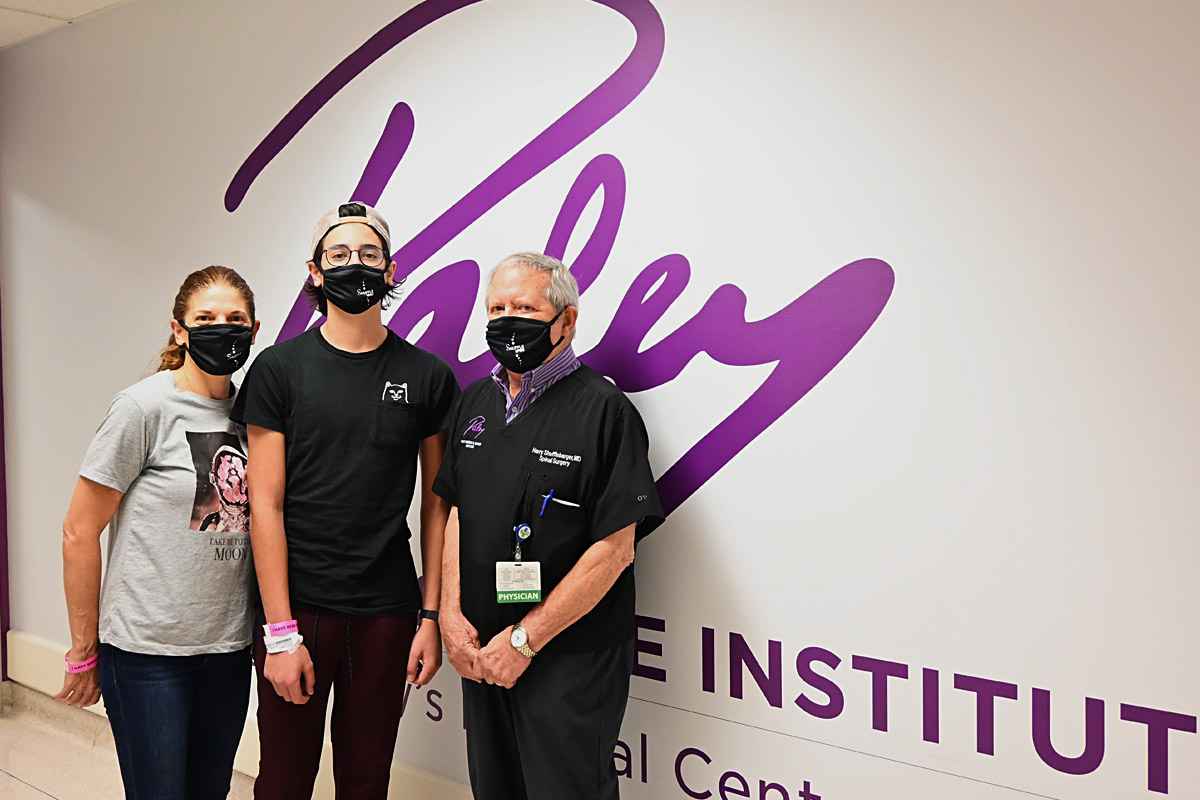Neuromuscular scoliosis is one of the most common types of scoliosis. It causes an irregular curvature of the spine and can lead to several severe symptoms. As the name suggests, it is associated with disorders of the nerve or muscular systems such as cerebral palsy, spina bifida, and spinal cord injury.
The disorders mentioned above cause muscle spasm, weaken the muscles, and can even lead to muscle paralysis. When the muscle of the back is not functioning as it should, the spine will not be properly aligned as it grows, resulting in abnormal curves that are ultimately termed neuromuscular scoliosis.
What Are The Signs And Symptoms Of Neuromuscular Scoliosis?
Compared to other types of scoliosis, it is relatively easy to spot the signs of neuromuscular scoliosis in a child. An observant parent or caregiver will notice an abnormal change in the child’s spinal cord through a change in their overall body position and difficulty sitting in a chair. The specific signs and symptoms include:
- Arms hanging unevenly
- Leaning or uneven sitting position
- Supporting the body with arms while sitting
- Uneven shoulder blades, should heights, hips, and buttocks
What Are The Treatment Options For Neuromuscular Scoliosis?
There are few treatment options for neuromuscular scoliosis. When the condition is diagnosed early, some non-surgical treatment options can resolve the condition. Bracing is the most common type of non-surgical treatment and is always efficient. Others include wheelchair modification, physical therapy, and environmental modifications. Bracing can be particularly helpful as the child grows since it will prevent scoliosis from getting worse. After complete skeletal development, the risks of the condition getting worse is minimal. You should know, however, that bracing will not correct the abnormal curve.
Spinal fusion surgery is the most reliable way to correct neuromuscular scoliosis. It will correct the abnormal sideways curve and stabilize the spine. Through spinal fusion surgery, orthopedic surgeons straighten the spine and solidify the bone with metal rods, screws, and wires, collectively known as instrumentation. The surgery will keep the spine straight and eliminate the possibility of curvature in the future.
What Is The Long-Term Outlook For Children With Neuromuscular Scoliosis?
The outlook for a child with neuromuscular scoliosis depends more on the nature, severity, and overall impact of the underlying neuromuscular disease. The scoliosis results from the impact of the underlying disease and can be corrected through spinal fusion surgery or the non-surgical treatments mentioned above. It is essential, therefore, that the underlying condition is treated appropriately. Children with the condition can return to the functional level they had attained prior to the surgery and may find it easier to sit and move again. They will also have a straighter, more balanced spine. The potential complications that can arise from neuromuscular scoliosis, such as decreased lung function and susceptibility to pneumonia, will be eliminated as well.


